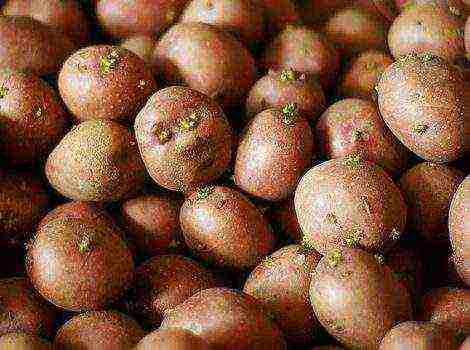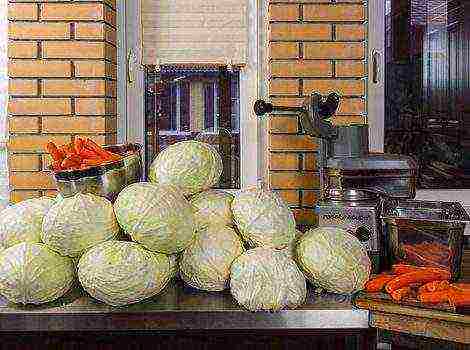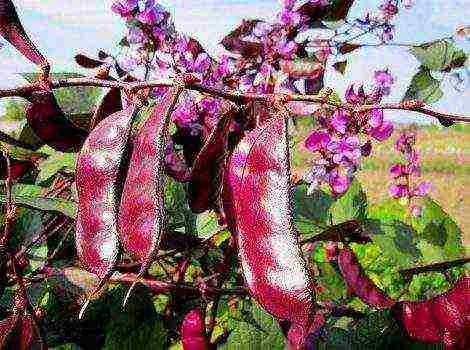Content
- 0.1 Potatoes in bags, boxes or barrels
- 0.2 New method: under agrofiber or cardboard
- 0.3 In the ridges
- 0.4 On high ridges
- 0.5 According to Meatlider
- 0.6 Under the straw
- 0.7 From seed
- 0.8 Under the film
- 0.9 According to the Gülikh method: in kobts
- 0.10 According to Mikhailov's method
- 1 Preparation and germination of tubers before planting
At all times, the cultivation of agricultural crops has been one of the most important industries in any state. Therefore, the process of growing potatoes is of great importance. The quality depends on this, which includes taste, content of nutrients and vitamins, shelf life.
Potatoes in bags, boxes or barrels
-
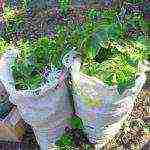
- In bags
-
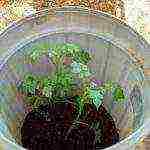
- In a barrel
-
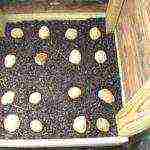
- In the box
The technology is pretty simple:
- Previously, the bottom of the container is removed, and holes are made on the sides for the passage of oxygen.
- A container without a bottom is placed on the soil. Then lie down on the bottom of the container compost in a layer of 20 centimeters.
- The tubers are laid on the compost, and covered with a fertile layer of soil.
- After the potatoes have sprouted and the length of the shoots has reached 5 centimeters, they must be covered almost completely with a layer of soil. This should be done until the container is full. In this interval, one should not forget about watering and feeding.
In the same way you can grow potatoes in mounds, tower, waste basket and pit.
New method: under agrofibre or cardboard
In early spring, they are waiting for the topsoil to warm up. At this moment, you can already plant the tubers.
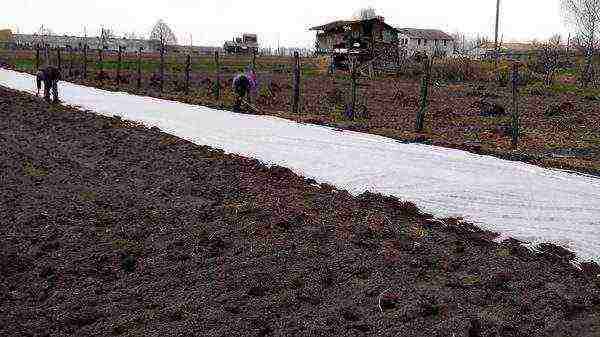
For that so that the potatoes are early, the tubers are germinated in advance.
- To do this, they are placed in 2 - 3 layers in a cool room at a temperature of 10-15 degrees Celsius. Excessive temperature threatens strong elongation of the shoots, which will affect the decrease in yield.
- The appearance of sprouts of 1 - 2 centimeters will greatly reduce the time for obtaining young potatoes.
- I plant sprouted tuberst at a distance of 25 centimeters in a row, and 50 -60 centimeters between the rows.
You can also place tubers not only in a row, but also in a checkerboard pattern. This allows the bushes to grow better, as they do not shade or interfere with each other. Then cover with agrofibre or cardboard.
Agrofibre is good for moisture and air, and holes must be made in the cardboard for ventilation. Agrofibre and cardboard help the frost sprouts survive, and when the threat has passed, the covering material can be removed. Thus, you can get a healthy and tasty young harvest.
In the ridges
The meaning of this method of cultivation is very simple.
In this case, noticeably more tubers are formed. The yield is increasing. This method is widespread in Holland and is called the Dutch method.
On high ridges
The meaning of this way of growing similar to barrel growing, bags, boxes and combs.Since the volume of soil for the potato root system is larger than usual, it begins to grow well. Thus, there is an abundant build-up of tubers.
When laying high ridges, humus or foliage, as well as dry tree branches, lie on the bottom. As these materials decompose, they will release heat and nutrients. If you cover the ridge, you can also get an early harvest.
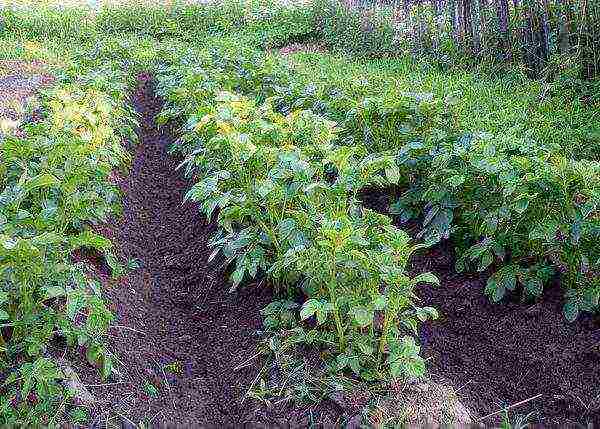
According to Meatlider
The point of Meathlider cultivation is to create long and narrow beds for the plants. In this case, a fairly large space for culture is created.
Plants receive the maximum amount of sunlight, and therefore release more nutrients for themselves through the process of photosynthesis. therefore the root system of plants develops well, and in this case, the potato grows more bulky tubers. And their number is increasing.
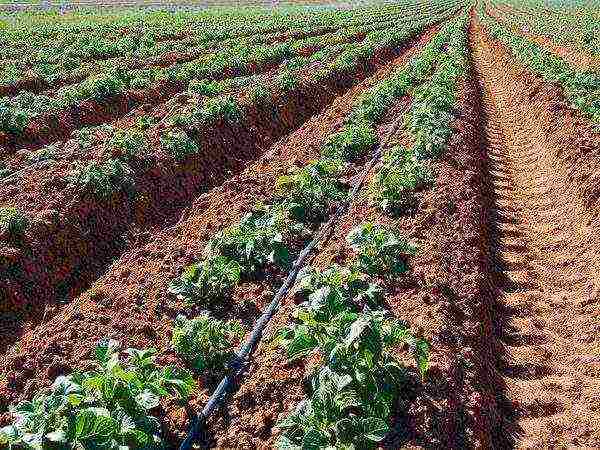
Under the straw
This requires so that the soil is sufficiently loose and moist:
- Tubers are stacked in holes or just on the soil, in rows, or in a checkerboard pattern.
- Then the tubers are covered with a thick layer of straw or hay. The thickness is about 7-10 centimeters. Straw is good for air permeability to tubers, and moisture permeates well. Therefore, this material helps to grow and develop well both the root system and the bush itself.
- Over time, the straw layer will settle. Therefore it is necessary to add a layer of straw.
In the same way grown potatoes under the moss... The effect is the same. Good air and moisture permeability. In addition, moss not only allows moisture to pass through well, but also retains it. This is one of the advantages of this growing method.
From seed
The point of growing from seed is that over time, the planting material loses its original characteristics and brings less and less harvest every year.
Besides planting material is capable of accumulating diseases... But if you grow potatoes from seed, it will help return the potatoes to their former harvest. The seeds are collected from the fruit that remains after the flowering of the bush.
Sowing is carried out in advance so that when the soil has warmed up, the seedlings are already ready for planting. Care is the same as for ordinary bushes.
An important point in harvesting such potatoes. You need to choose bushes with the best tubers. Thus, you can provide yourself with a constant rich and tasty harvest.
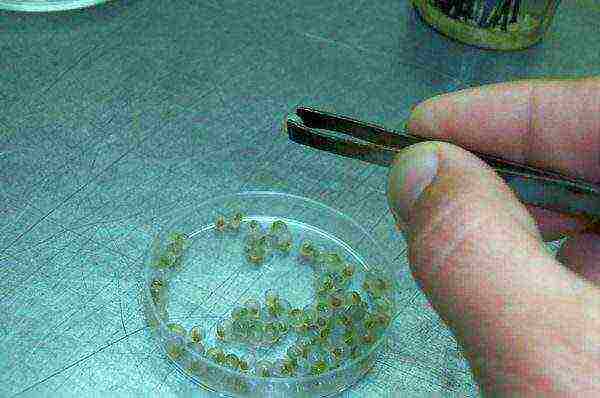
Under the film
This method is similar to growing under agrofibre, only the film does not allow air and moisture to pass through, only preserves it. But this promotes early harvest... As soon as the soil has warmed up, the sprouted potato tubers are planted in the soil, and covered with a film on top.
The film allows you to transfer frost, and also provides the culture with moisture for a long time. This allows you to get not only an early harvest, but also its increase due to the creation of a longer growing season.
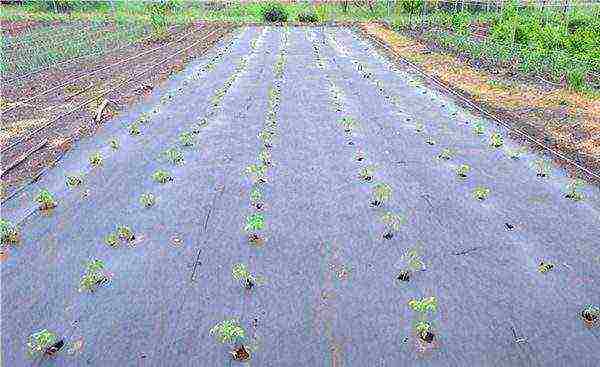
According to the Gülikh method: in kobts
When the length of the shoots reaches 5-8 centimeters, sprinkle them with soil... And this must be done until the potatoes form several tiers. In the process of growth, one should not forget about timely watering and feeding.
Thus, using this method, you can get up to 16 kilograms of harvest from one tuber.
According to Mikhailov's method
The meaning of this method is the same as that of Gülich.A hole is made in which humus is placed. Then the tuber sits down and is covered with a layer of soil. When the tuber sprouts, 4 of them are left to grow vertically, and the rest are tied to pegs and placed in the form of rays in a circle.
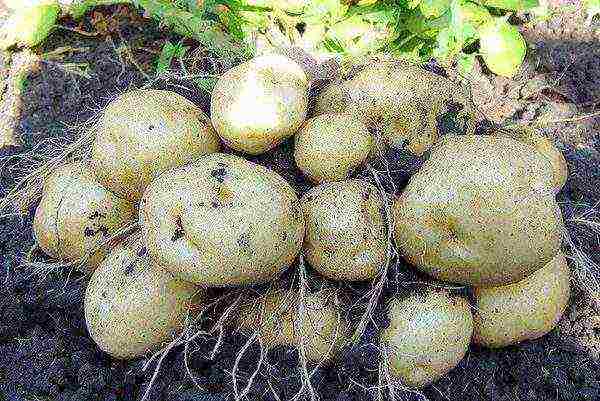
As the shoots grow, both vertical and horizontal sprinkled with soil... The yield increases markedly. With proper observance, you can get from 14 to 16 kilograms.
Table 1... Potato growing methods.
| Traditional ways | In the ridges (Dutch method) |
| New ways | In high beds
under agrofibre or cardboard |
| Unusual ways | Gulikh's method (in kobts)
according to Mikhailov's method by Mittlider |
| Growing methods for small areas | In a barrel
under the film in the mounds in the tower In the box waste basket or mat in the pit in the straw under the moss in the bag young from the box in the box from seed |
Preparation and germination of tubers before planting
How to choose planting material
The variety that will be cultivated in the field should be zoned, this will allow you to be confident in the suitability of the potato to the given growing conditions. It is important to know the information about the timing of ripening in order to ensure proper care.
Soil preparation
The soil should be plowed in the fall, this will allow moisture to accumulate... The soil composition of the soil, preferably a loam with a humus content. If the soil is solid, then it needs to be loosened and organic matter added.
Distance between tubers when planting
If potatoes are planted in a trench, then the distance between rows is 60 - 70 cm. The distance between tubers is 30 - 40 cm. When potatoes are planted with holes, the distance does not change.
Landing time and depth
Potato planting time depends on soil temperature. Its temperature should be at least 5 degrees Celsius. Planting depth is approximately 10 cm.
Watering
Irrigation carried out of necessity... If enough precipitation fell over the summer, and the soil was in a wet state most of the time, then watering is not required.
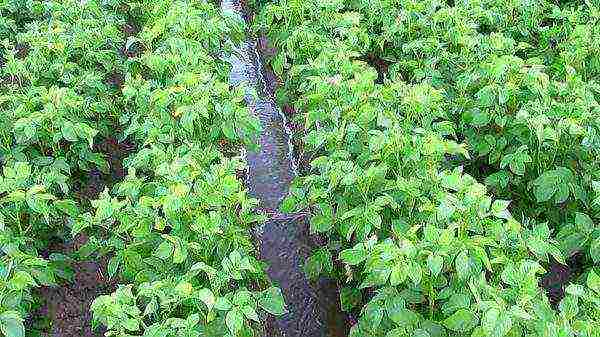
In dry summer and spring, the main irrigation is carried out during germination, growth and flowering of shoots. If August is dry, watering is also necessary.
Hilling
The most important role for hilling is to reduce the temperature around the tubers. The tuber must be in a space where the temperature is several degrees lower than the stem... If hilling does not occur, the tuber begins to re-germinate, spending energy and nutrients for the development of the plant.
It is necessary to huddle the soil in cloudy weather, after precipitation, in order to avoid moisture evaporation. Hilling is also carried out on compacted soils, where gas exchange is poor.
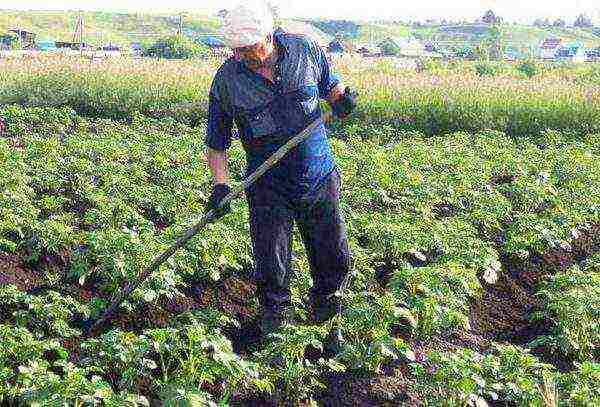
Fertilizers
Exist complex mineral fertilizersthat should be brought in along with the planting. Mineral fertilizers increase germination, disease resistance and yield.
They make, as a rule, potash, phosphorus and nitrogen fertilizers, the amount and frequency of application is determined by the composition of the soil and the needs of the crop. Better in the spring to fertilize directly into the hole. Ash can be used as a top dressing.
Organic fertilizers always have a beneficial effect on yields. Horse manure is the most useful and high-quality option for organic fertilizers.
-
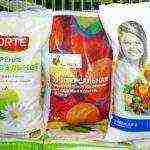
- Complex mineral fertilizer
-
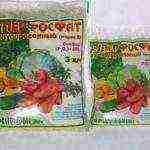
- Phosphate fertilizer
-
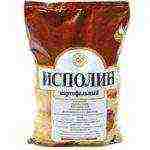
- Organic fertilizer
Mulching
Mulching is always necessary, it increases the content of organic matter, and therefore nutrients, preserves soil moisture. Plant residues are always best suited for mulching at all times.
Also mulching is carried out with straw and sawdust, but this option is suitable only if the soil is well warmed up, and in the yard on June 15. In spring, straw and sawdust are not mulched, they reflect the sun's rays, preventing the soil from warming up. Sawdust acidifies the soil.

Diseases and pests of potatoes
The extermination of diseases and pests by chemical means is carried out if the economic threshold of harmfulness is exceeded. The main pest is Colorado beetle... If there is not much of it, then you can collect it by hand, the most important thing is to destroy the larvae.
Wireworm harms potato tubers, when ammonia fertilizers are applied, its population decreases.
Potatoes are often affected different types of nematodes... There are no safe chemicals to fight hookworms. It is recommended to change the soil if possible.
If growing in large areas, then you need to add urea to the soil, and then the infusion of potato young residues. This process is carried out in early spring, so that the larvae of the nematode, feeling the potato feeding, can go outside, and die from lack of food.
For prevention, bird droppings are introduced into the soil.
-
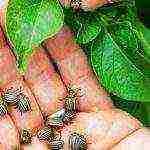
- Colorado beetle
-

- Wireworm
-

- Roots infected with nematode
Cleaning
When harvesting, it is important to select seed material for further cultivation.
Start harvesting potatoes recommended when the tops turn yellow... If you start harvesting earlier, the potatoes will be worse stored.
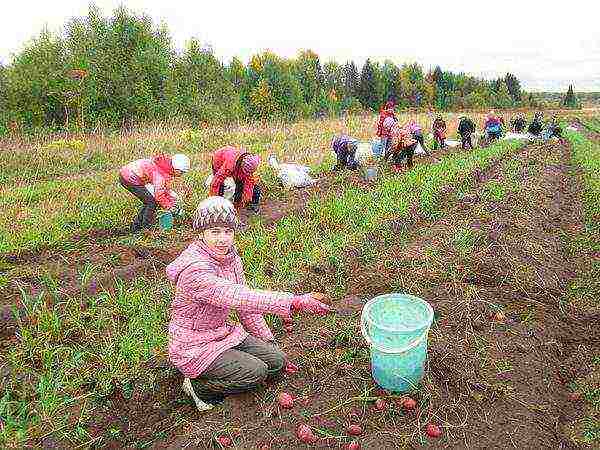
Potatoes are one of the staples of traditional cuisine. The culture does not require much maintenance. It is important to know only certain subtleties. And with the help of the above described methods and methods, you can simply grow bountiful and healthy harvest High Quality.
